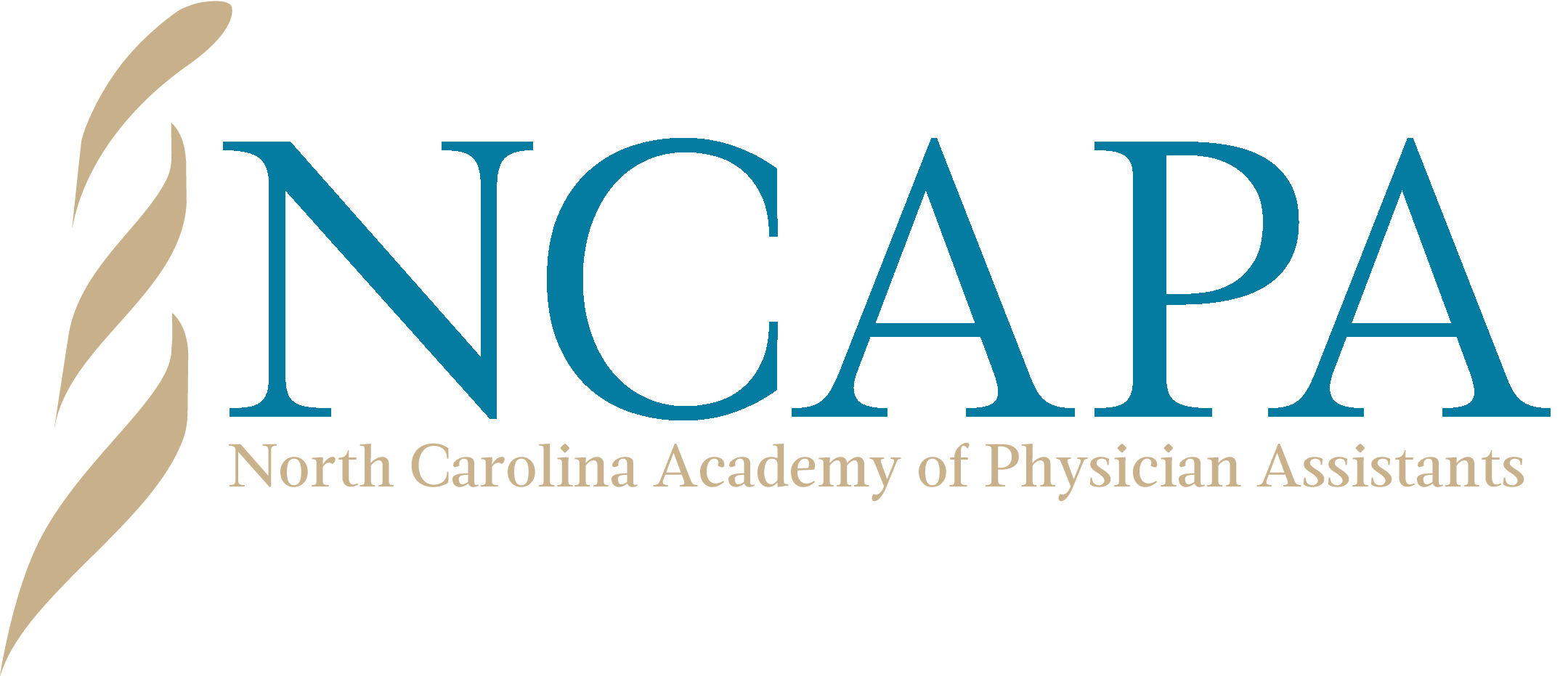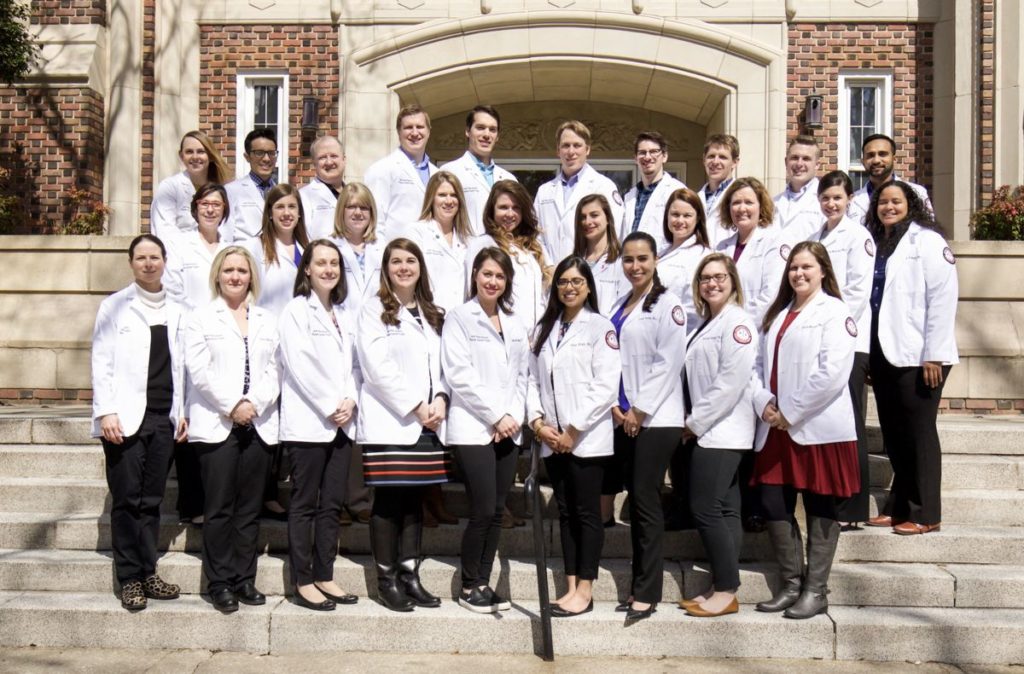PAs practice in every medical and surgical specialty and setting. They conduct physicals, assist in surgery, diagnose and treat illnesses, and order and interpret tests. Read about PAs in different settings and specialties, the illnesses they manage, and the intricate procedures they perform.
NCCPA
How did the PA profession begin?
The PA profession began right here in North Carolina. In the mid-1960s, physicians and educators recognized there was a shortage and uneven distribution of primary care physicians. To expand the delivery of quality medical care, Dr. Eugene Stead of the Duke University Medical Center put together the first class of PA students in 1965. He selected Navy corpsmen who received considerable medical training during their military service and during the war in Vietnam, but who had no comparable civilian employment. He based the curriculum of the PA program in part on his knowledge of the fast-track training of doctors during World War II.
How Are PAs Educated?
PAs are educated in intensive medical programs accredited by the Accreditation Review Commission on Education for the Physician Assistant, Inc. (ARC-PA), which includes class/lab instruction and clinical rotations. The typical entering student has a bachelor’s degree and approximately four years of healthcare experience. The average program takes 27 months to complete; nearly all award master’s degrees. PA students take more than 400 hours in basic sciences (with more than 75 hours in pharmacology) plus approximately 175 hours in behavioral sciences and nearly 580 hours of clinical medicine.
Because of the close working relationship PAs have with physicians, PAs are educated in a medical model designed to complement physician training. PA students are taught, as are medical students, to diagnose and treat medical problems.
Education consists of classroom and laboratory instruction in the basic medical and behavioral sciences (such as anatomy, pharmacology, pathophysiology, clinical medicine, and physical diagnosis), followed by more than 2,000 hours of clinical rotations with an emphasis on primary care in ambulatory clinics, physicians’ offices and acute/long-term care facilities. Rotations include:
- Family medicine
- General surgery
- Pediatrics
- Psychiatry
- Emergency medicine
- Obstetrics/gynecology
- Internal medicine
As of September 2023, there are 300 accredited programs in the U.S. There are currently eleven programs in North Carolina. All PA programs must meet the same curriculum standards.
A PA’s education doesn’t stop after graduation. PAs are required to take ongoing continuing medical education classes and be retested on their clinical skills on a regular basis. A number of postgraduate PA programs have also been established to provide practicing PAs with advanced education in medical specialties.
How Are PAs certified?
- Individuals must pass a national PA certification exam (administered by the National Commission on Certification of Physician Assistants) and obtain a state license.
- All PAs must complete 100 hours of continuing medical education over a two-year cycle.
- To maintain national certification, PAs must pass a recertification exam every 10 years.
Where Do PAs Practice?
More than 165,000 PAs work in every medical and surgical setting across the country. More than one-third (37.5%) practice in hospital settings and more than one-third (38.1%) work in a group practice or solo physician office. The remaining PAs work in a variety of settings, including community health centers, freestanding surgical facilities, nursing homes, school- or college-based facilities, industrial settings and correctional institutions. PAs practice in all states, the District of Columbia, and all U.S. territories except Puerto Rico.
Does Insurance Reimburse for Services Provided by PAs?
PAs offer great value to their employers by providing high-quality medical and surgical care, for which most public and private third-party payers reimburse. Services provided by a PA are billed with the PA’s name or under the name of the supervising physician, depending on the policies of the third-party payer. Nearly all federal and state healthcare reform initiatives recognize and include PAs as vital members of the healthcare team and make PA services eligible for reimbursement.
PAs Are Skilled Healthcare Providers
Every year, a typical PA treats 3,500 patients:
- 80 percent provide acute care management.
- 64 percent provide chronic disease management.
- 52 percent perform minor surgical procedures.
The typical PA writes 2,600 to 5,200 prescriptions each year. Most PAs see patients with multiple chronic diseases.
Physician assistants are health care professionals licensed to practice medicine with physician supervision. PAs employed by the federal government are credentialed to practice. Common services provided by a PA include taking medical histories and performing physical examinations; ordering and interpreting lab tests; diagnosing and treating illnesses; assisting in surgery; prescribing and/or dispensing medication; and counseling patients.
What a physician assistant does varies with training, experience, and state law. The scope of the PA’s practice also corresponds to the supervising physician’s practice. In general, a physician assistant will see many of the same types of patients as the physician. The cases handled by physicians are generally the more complicated medical cases or those cases which require care that is not a routine part of the PA’s scope of work.
Physician assistants can prescribe medications in 49 states. The District of Columbia and Guam have also enacted laws that authorize PA prescribing.
Source: The American Academy of Physician Assistants


